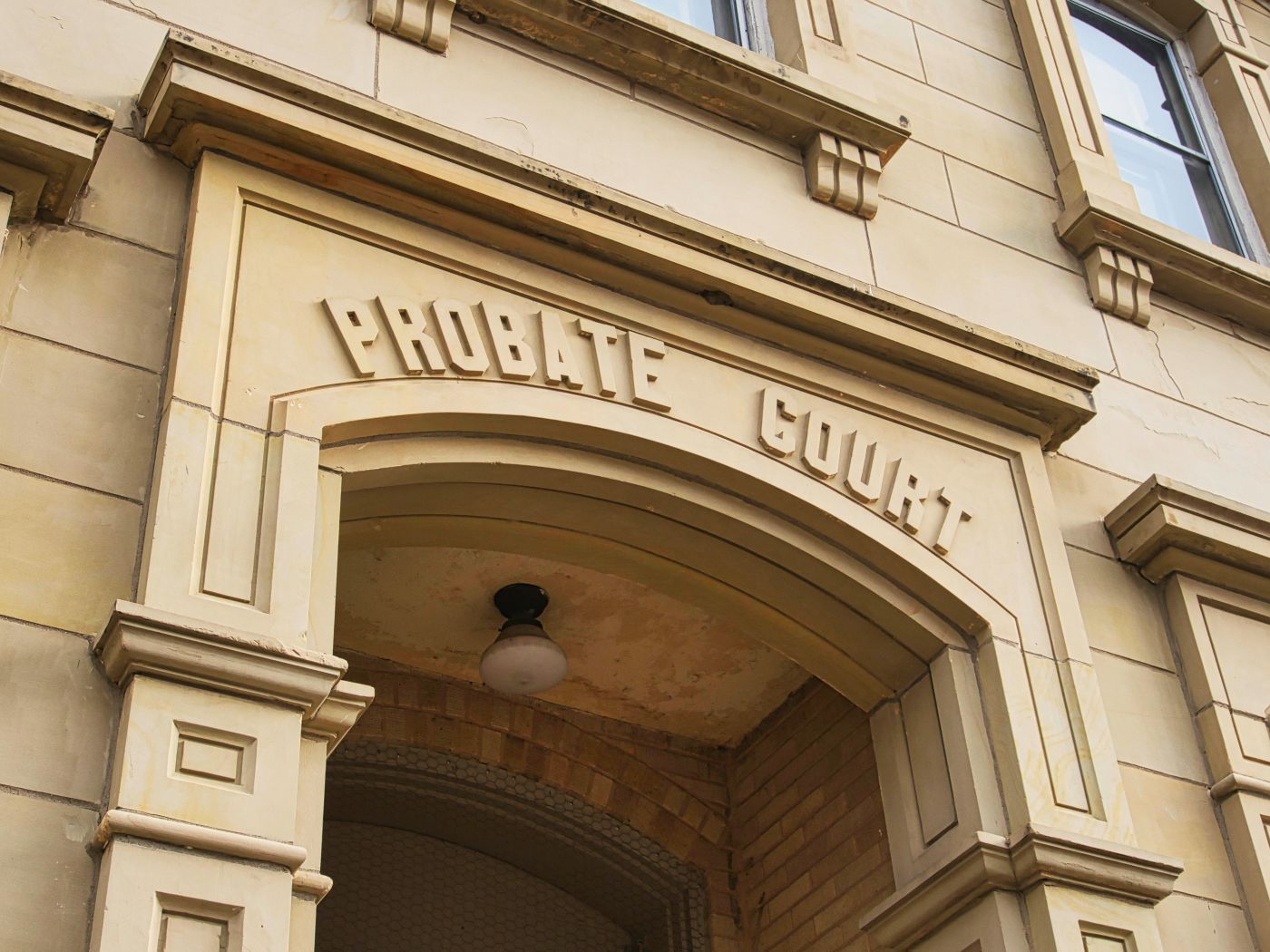Agricultural Leases in Texas
Attorney Audra Smith talks about agricultural leases in this video, recorded at the Brazoria County Extension Office during a program on Agricultural Law. Audra is no longer with the Firm, but several of our other attorneys have many years of experience in agriculture law and property law. Call or text for an appointment.
We have five offices in three counties across Southeast Texas. Our offices are in Wharton and El Campo in Wharton County, Fulshear and Richmond in Fort Bend County, and Bay City in Matagorda County.
https://youtu.be/6S7c4xccIXE?si=n7iauXArFM15nS7d
Summary of the Agricultural Leases Video
– Next we’ll go to Agricultural Leases. I’m going to just briefly cover three, the Grazing Lease, Hunting Lease and Livestock Lease. But most of these principles will apply to any lease of your land. If you’re doing crops, if you’re doing something else, it’s the basic principles still apply. But there’s going to be a few keys tips, on those three types of leases.
Put Your Agricultural Lease in Writing
So the thing that I want you to remember the most, it’s best to get it in writing. As you’ll see on the next slide, an oral agreement is valid sometimes under Texas law. But it’s just best to get it in writing. Include all important terms of the deal, because if somebody comes back and says “No you agreed to this.” You can’t prove it if it was just an oral agreement. So oral agreements are usually valid, but we prefer written, always no matter what.
There’s a list of contracts that are required to be written in Texas, called the Statute of Frauds, word terminology for you. A contract for the lease of real-estate, for one year or more falls under that. So you might have a six month lease, it’s not required to be written, but we still encourage it for one and if it’s over one year, it needs to be written. Other advantages include, like I said dispute, if you have a dispute, you have something written reflecting the terms of your agreement.
Then if you need to make the world aware of that lease, you can record it in the property records of the county, so that you’re putting the world on notice that you have a lease on that property. That can be beneficial if somebody’s trying to tell you, you don’t have a valid lease. If they’re trying to sell the land and they’re not telling that buyer, that there’s an active lease on the property, you can record that so that it’s out there for other people to find.
State What Areas Are Off Limits
Some general guidelines: clearly state what areas, if any are off limits. If you’re leasing a hundred acres and there’s another 20 acres adjoining it, that you don’t want included in that, define those boundaries, make sure that it’s clear that you can’t go on that place. My deer lease, we have I think 500 acres leased, the landowner owns 15 hundred acres, there’s a road that’s the dividing line, we can’t go on the other side of that road, that we call it the forbidden thing. No I had it backwards, we leased a thousand there’s 500. Anyway, the forbidden five, you can’t go across the road. Make sure those kinds of things are included in there.
Your Lease Should State What’s Permitted on Your Property
That goes into the limitations and exactly what’s permitted. You have the hunting lease, what can you hunt? You can hunt white-tail deer, but you can hunt dove. You can hunt ducks you can’t hunt geese. Whatever you’re leasing it for, make sure it is very clear within that lease. If you’re doing grazing leases, define what animals are allowed for grazing and the stocking rights that apply. So if you’re leasing it for cattle, but you don’t want goats on the property, you put in there “Cattle, no goats allowed.”
Your Lease Should Allocate Responsibilities
Then consider who is responsible for what, in regards to maintenance of the property. Who is going to maintain the fences? Who’s going to shred the pastures? Who is going to add gravel to the road? Things like that. Included a little more information on the stocking rate, how many animals do you want on the land? You don’t want somebody to come in and overstock your land. You don’t want 500 cows on a hundred acres, it’s too much. You can use animal unit measurements, which will be discussed a little more later, in the central appraisal district and Ag exemption paperwork.
You might want to consider adding something that you know, during a time of drought, you can only have so many animals on the land. Things like that in case, you don’t want somebody to overgraze and leave your land with nothing, no grass left. A lot of times the tenant doesn’t want this kind of clause, but as a landowner you’ll want it. And then always make sure at a minimum, you have those stocking rates, at least what is required to get your Ag exemption on the property.
Your Lease Should Have Liability Clauses
Make sure your lease has some good liability clauses, I have some explanations of what they are. A liability clause is, generally neither party is liable for the actions of, or damages caused by the other party, or his agents or employees. Meaning I’m not liable for what yours did, you’re not liable for mine. Indemnification clause, I butcher the word sometimes. If one is sued due to action or inaction of the other, the responsible party will defend and pay any judgements. So if I’m sued because of you, you’re going to defend me.
Liability waiver, as we discussed earlier, include those and they must include the requirements of fair notice, satisfying two different things: Express negligence doctrine, meaning that the releasing parties intent must be expressed in unambiguous terms, within the language of the release. Make sure you’re intent’s clear in short terms. Conspicuous, meaning it has to be, it has to stand out, you need to have capital headings, bold font, you can’t just bury it in there and hide it, like we discussed earlier.
The Payment Structure Should Be Specified in Your Agricultural Lease
Make sure you have your payment structure included in there, this includes the amount of payment and when it’s due. If it’s something that’s calculated on different basis, make sure you define how it’s calculated, so that everybody knows we’re calculating per acre here, or we’re not calculating a cow-calf. If you’re charging per head, is it going to be per head for female? Per cow-calf? What are you going to do here? Just make it clear, it never hurts to put a couple of extra words in there.
Some examples of payment structures that you would consider, is it just a straight cash lease? A crop-share lease? If you’re leasing your land for those purposes. For hunting leases I’ve seen price per hunter, or they refer to it as per gun. Price per head of livestock on grazing leases, price per acre. Those are some of the most common ones I see, but there’s, you can be as creative as you want to, as long as you and, as long as all parties understand what we’re paying for, how we’re calculating it.
And then consider which party’s responsible for care and maintenance when setting prices, you don’t want to charge, if you’re a tenant you’re not going to want to pay for full price for the lease of the land, plus be paying for all of the maintenance. And if you’re a landowner, you don’t want to undercharge for price per acre on something and then have to pay for all the maintenance. You need to just decide on who’s paying for what, in that care and maintenance and consider that in setting your price. So that somebody doesn’t come back and say “This isn’t fair, now I want out.” Or “Now I want reimbursement.”
Additional Agricultural Lease Clauses
Parties. Some additional lease clauses to make sure to include specify the parties. Sometimes I’ve seen agreements that don’t even say who they’re with, it’s just a lease agreement and it has a scribbled signature that you can’t read. So always include the name of the party and the address is great, that way everybody has an address for the other person.
Property Description. If it’s land you’re leasing you want to define the land, “It’s a hundred acres located here.” If you bought the property you have a deed, that will have that property description. “20 acres out of a hundred acres.” Or put the physical address if it has one. In both put you CAD number, something to really define the land. If you’re leasing animals, some people lease a bull. You have a herd of cows but you don’t have a bull, I’m going to lease you my bull. How do I identify that bull? I’m going to define that property that I’m leasing you still.
Term and Termination. We want to know how long is this agricultural lease for? And when does it end? And how does it end? Can I end it early? What do I need to do to end it early? What kind of notices are required? Those are things to include in the termination.
Assignment and Sub-Leasing. you want to say if it’s allowed. “Am I allowed to sub-lease this property now, to somebody else? I took a year lease but now I don’t want it, can I sub-lease it to Bill?” “No you can’t.” Most often we say, you usually don’t want to do that without approval right? So include that, “It can be sub-leased, but only with landowner approval.”
Dispute Resolution. That would be if we don’t agree, how are we going to resolve this dispute? No mediation, yes mediation, no arbitration, yes arbitration, things like that.
Form and Venue. Where’s the lease enforceable out of, if you’re in Brazoria County, you want to put that the lease is enforceable, under laws of the State of Texas and if you bring a lawsuit, it’s going to be in Brazoria County.
About Our Law Firm
Wadler, Perches, Hundl & Kerlick provides you with experienced attorneys raised with the small-town values of rural Texas. Many of our lawyers have years of experience handling complex litigation at international law firms, but all of our attorneys and staff grew up here and choose to live here. Call us for an appointment or click this link to schedule an appointment online.
We have five offices in three counties across Southeast Texas. Our offices are in Wharton and El Campo in Wharton County, Fulshear and Richmond in Fort Bend County, and Bay City in Matagorda County.
Related Agriculture Law Articles
What’s Eminent Domain and Condemnation
Agriculture Law and Landowner Representation



